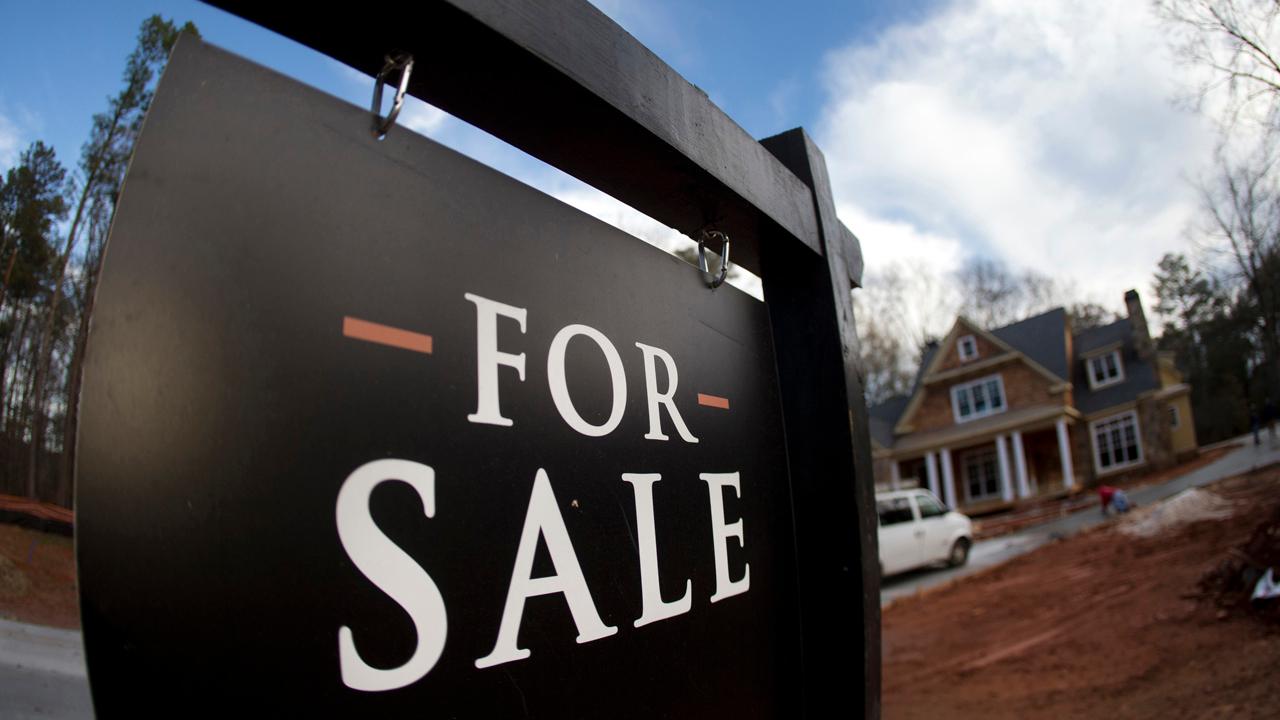Where mortgage rates are headed in 2019
Buyers and sellers will face a new reality next year.
Buyers are likely to have less competition from other buyers, but that doesn’t mean it will be easy. Instead, they’ll grapple with balancing rising home prices and mortgage rates against their budgets. For the first time in a long time, sellers will have some competition to contend with. But with strong demand in the market, homes that are priced well, will sell. Against this backdrop, the Fed will continue to play a role, but how long will the Fed’s increases be the dominant story? We have some new clues.
The Fed’s move this week to increase short-term rates in spite of stock market volatility and political pressure to the contrary suggests that it will act independently to guide the economy to full-employment while attempting to avoid inflation. But the question that remains is -- how high will they need to go?
In realtor.com’s 2019 housing forecast, we expected the Fed to raise rates three times in 2019 to guide the growing economy on a sustainable path of increase. We also expected these increases to translate to mortgage rates that would finish the year at 5.5 percent, roughly 50 basis points higher than mid-November mortgage rates. Against this backdrop, we expected to see home prices continue to increase, up 2 percent, but sales slow roughly 2 percent as buyers struggle to balance their budgets with the rising costs of a home purchase. Between home price and mortgage rate increases, monthly costs are expected to rise 8 percent next year for buyers while incomes are likely to grow only 3 percent.
Forecasts are model-based estimates of what’s ahead, but incoming data can detour projections. Mortgage rates have recently bucked the rising trend. After nearing 5 percent in mid-November, mortgage rates retreated, coming in at 4.63 percent last week according to Freddie Mac. This has been a nice break for buyers.
Now that the Fed has raised rates, will mortgage rates follow suit, resuming their climb as we expected? Paradoxically, probably not right away.
Projections released following this week’s meeting signaled that the median expected Fed funds rate in 2019-2021 and in the long run each shifted 25 basis points lower. This means that decision makers at the Fed expect fewer hikes than were previously expected as recently as September. For this reason, long-term bond rates actually declined following the Fed’s announcement, suggesting that the recently lower mortgage rates could extend into the new year.
Still, buyers shouldn’t get too complacent. The Fed is not yet finished increasing rates and this means there is still risk that mortgage rates will resume their climb. This is most likely to happen between the Fed’s January and March meetings in 2019.
Even if mortgage rates approach 5.5 percent as we expect by the end of 2019, which would be the highest mortgage rates in a decade, they would still be low by historical standards. The average mortgage rate in the 1990s was 8.1 percent, and rates didn’t fall below 5 percent until 2009. So for buyers who can make the math work, buying a home is likely still an investment worth making.
Danielle Hale is the chief economist of realtor.com.




















